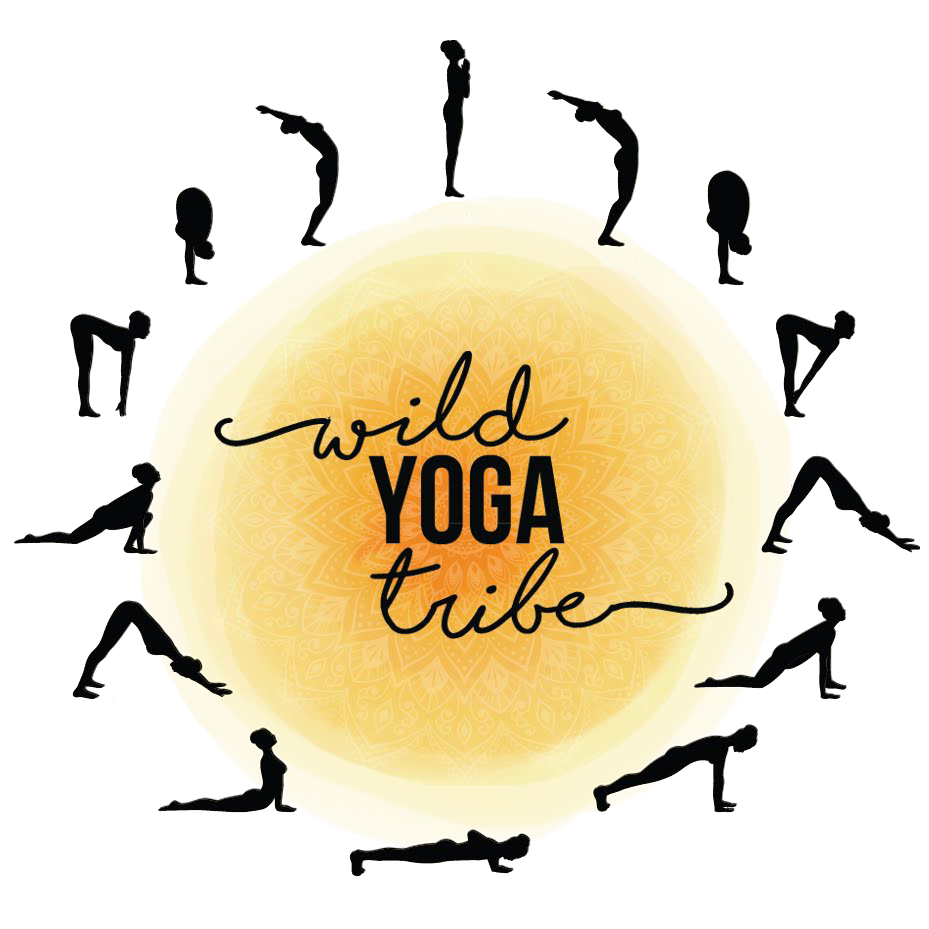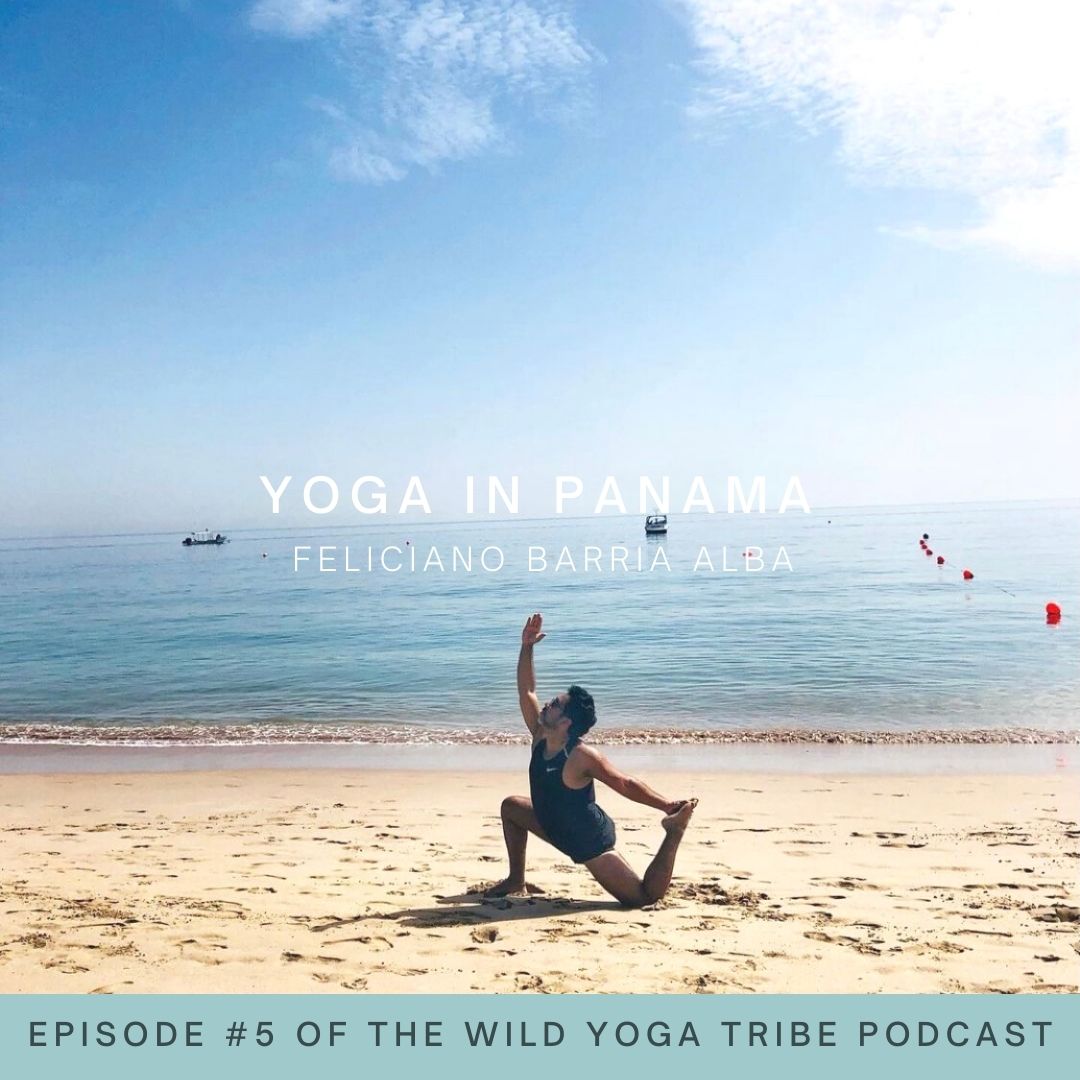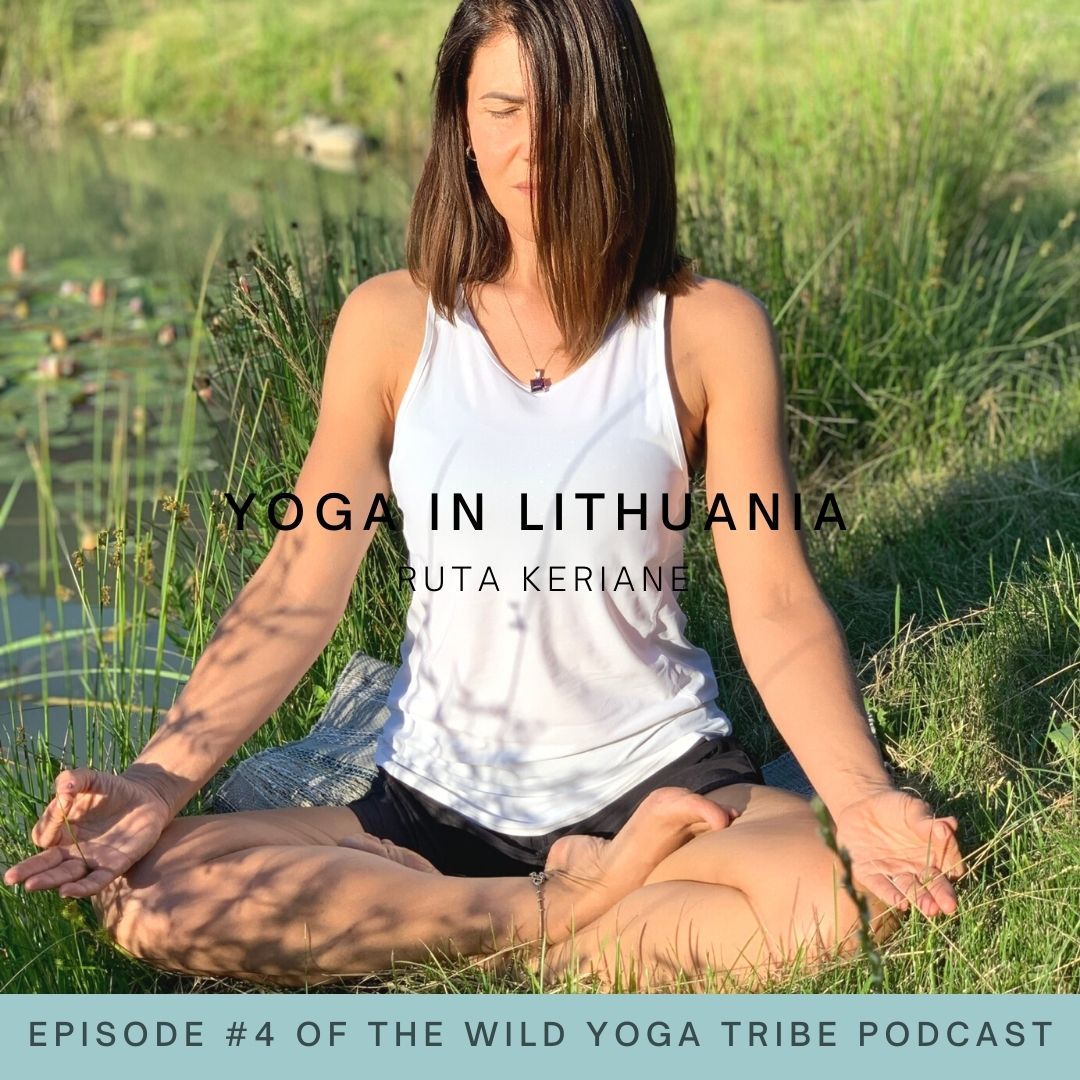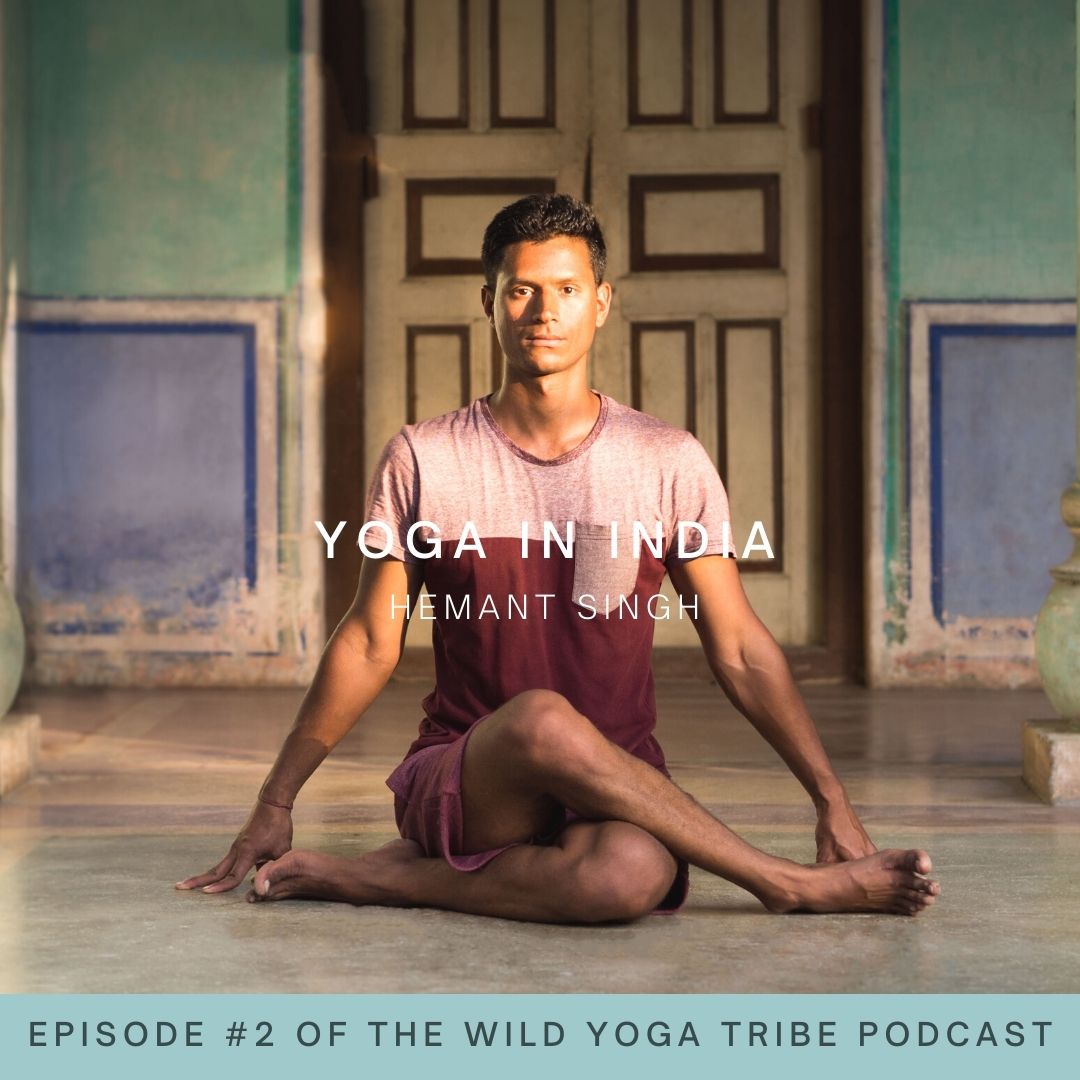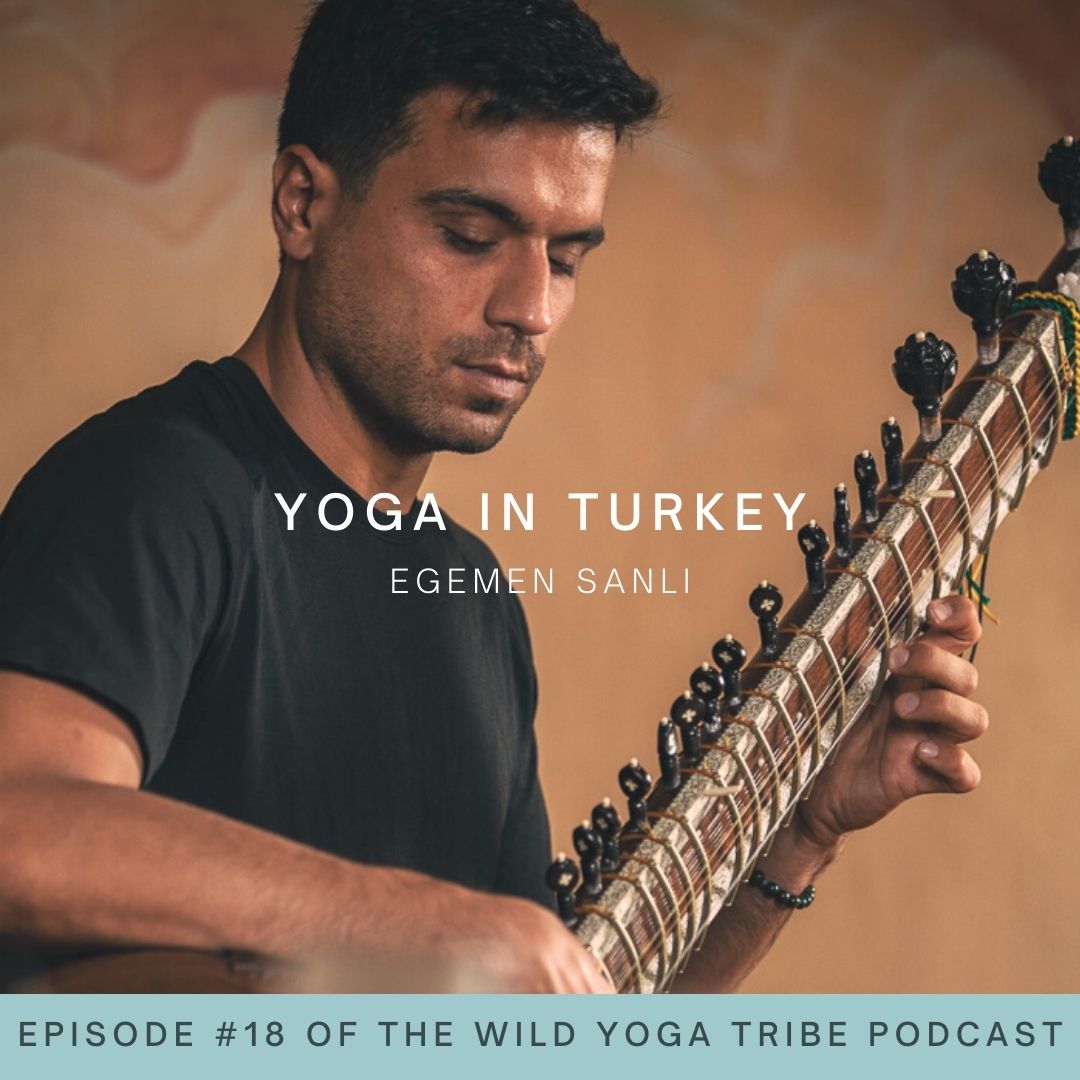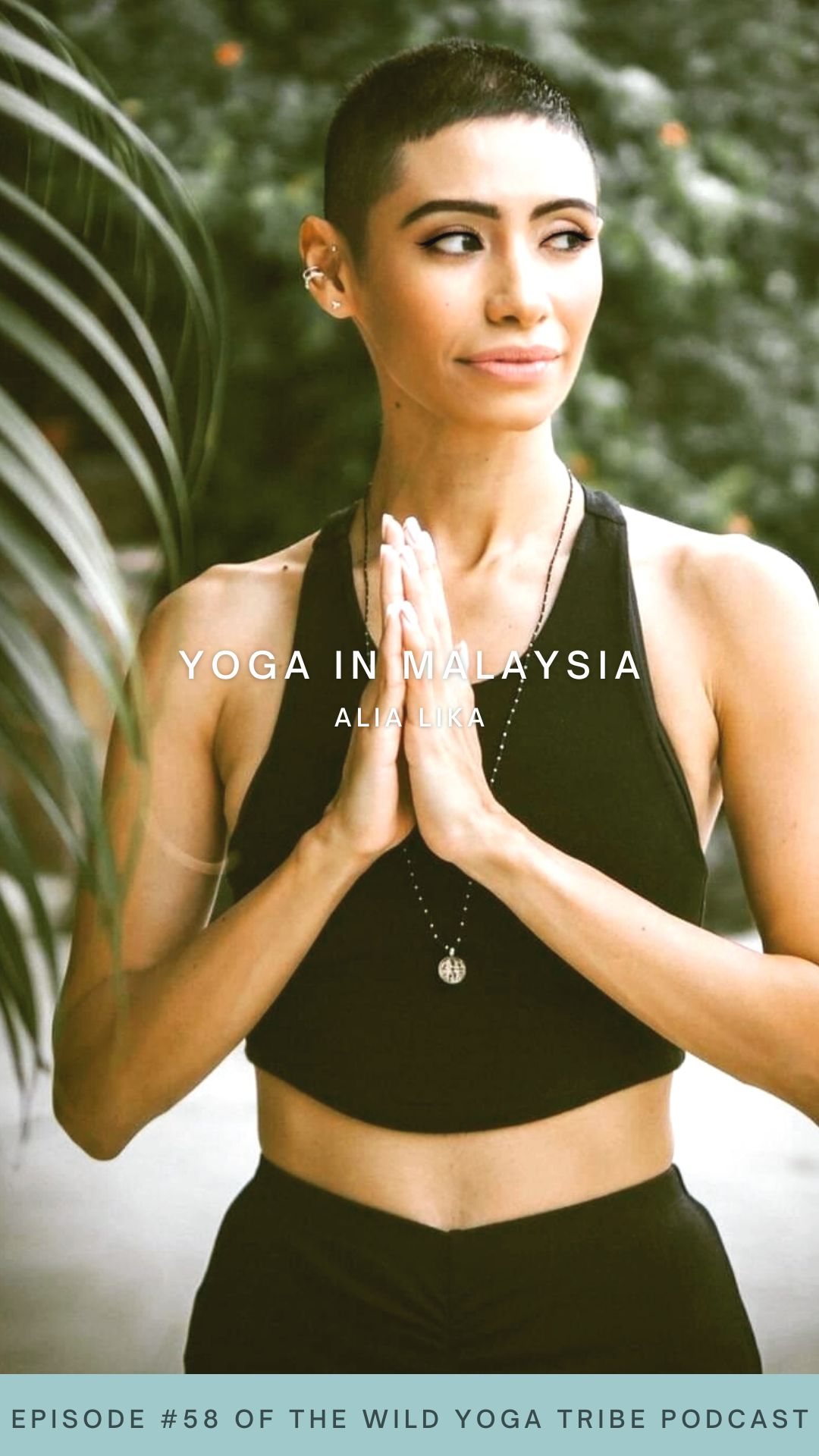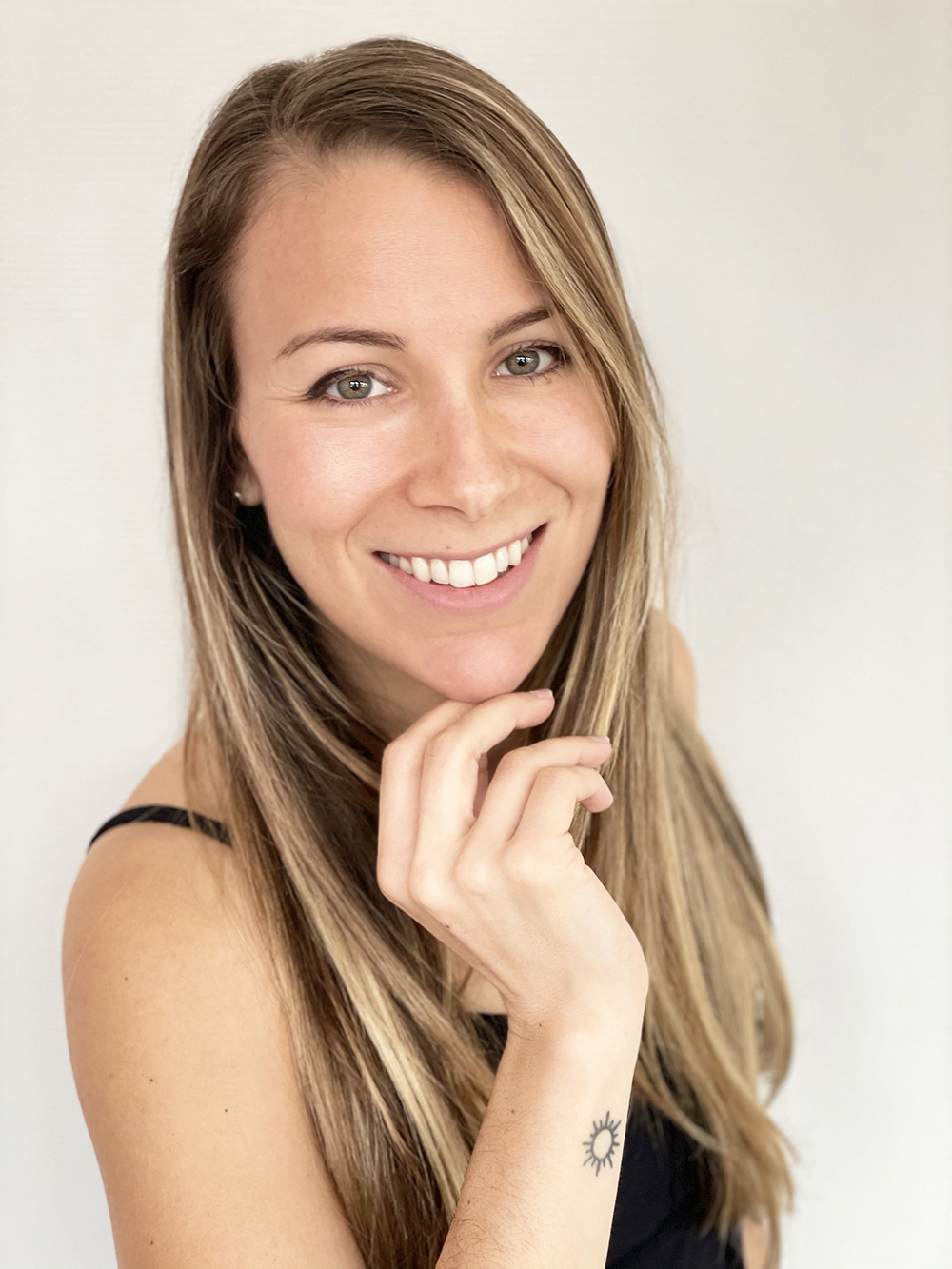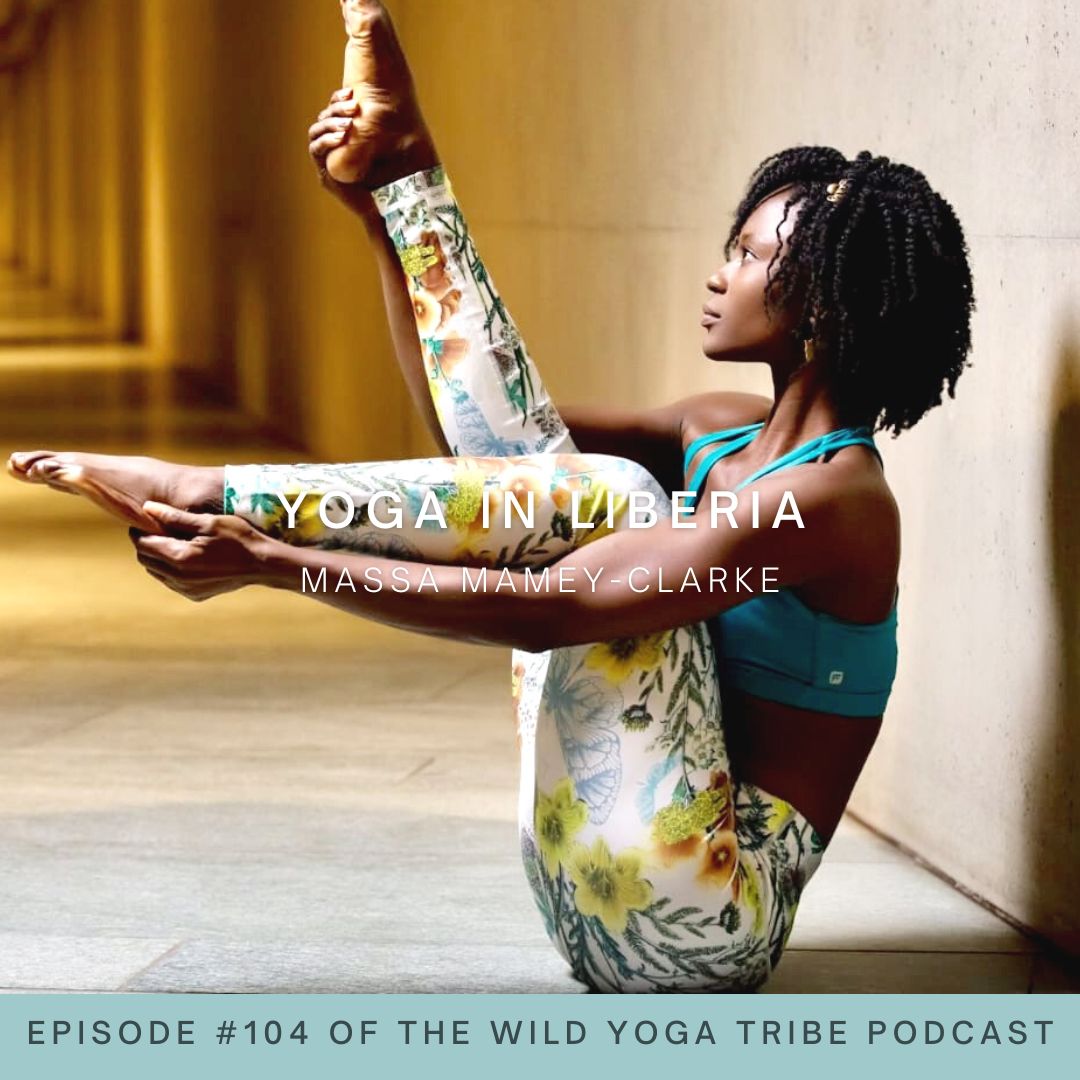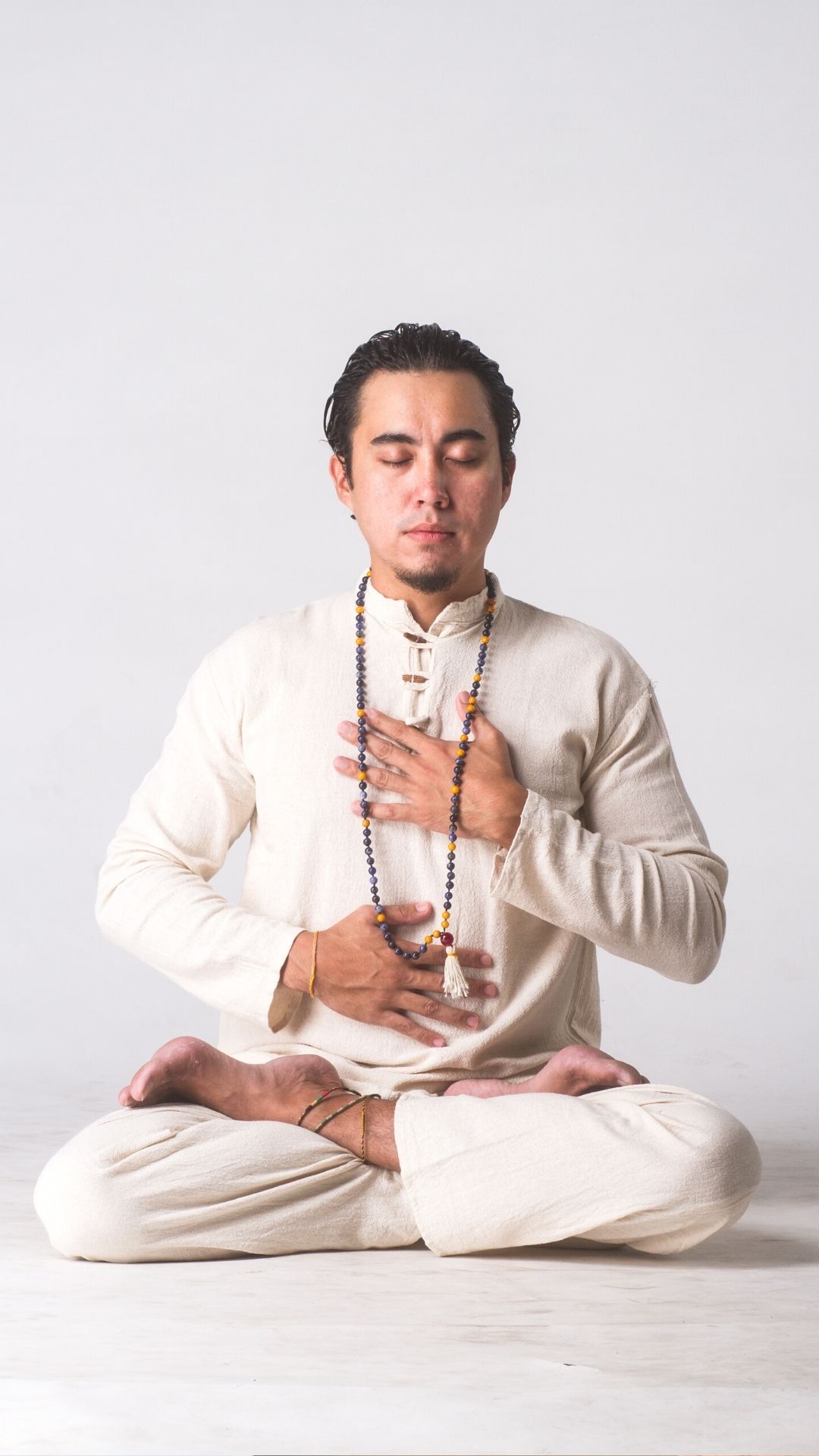
EPISODE #3 – YOGA IN THE PHILIPPINES
Meet Ayn Latonio
Meet Ayn Latonio, a yoga teacher from Cebu who teaches us all about yoga in the Philippines. Ayn shares with us his love for pranayama and the true power of the breath. Welcome to yoga in the Philippines!
Wild Yoga Tribe Podcast Episode #3 – Yoga in the Philippines with Ayn Latonio
Welcome to Episode #3 of the Wild Yoga Tribe Podcast! This week, I welcome Ayn Latonio onto the show. I first met Ayn in Rishikesh, India back in 2018. We were staying in the same hostel and we decided to attend a Hatha Yoga class with the renowned teacher Sri Surinder Singh at Swasti Yoga Shala.
Ayn and I were fast friends, and have stayed in touch as fellow yoga practitioners on the path. Ayn is a yoga teacher in Cebu City, in the Philippines. I actually spent a month teaching yoga in Cebu myself, at Wellnessland, however Ayn was traveling outside of the Philippines and we weren’t able to reconnect in his home city.
In this episode of the Wild Yoga Tribe podcast, we will dive into yoga in the Philippines and learn more about Ayn’s affinity for pranayama and bandhas. For a quick explanation, pranayama is the movement of energy, or our life-force, through the breath. Bandhas are energy locks, using internal muscles (either tensing or relaxing them) to control the flow of energy.
As Ayn says in this podcast episode, “I started off like everyone, it was all about the asanas and strengthening and flexibility. It was all about the physical practice. So when I got introduced to bandhas, it changed my physical practice so much. It made so many postures more accessible that just going into these poses without using the bandhas and brute force— mindless efforts so to say.”
Tell me more about Ayn…
Ayn Latonio is a Registered Nurse by profession and a forever student of yoga. He has been practicing yoga for 7 years and has been teaching yoga for 5 years. After his first 200-hour YTT in Rishikesh he has continued to deepen his practice by studying with teachers who are firmly rooted in tradition. Now, he practices and teaches Vinyasa Krama as he learned from his teacher Srivatsa Ramaswami, the longest standing student of the legendary Sri Krishnamacharya outside of his direct family and Gokul Yoga as I learned from Gokulacandra.
So even though yoga in the Philippines is “young,” as Ayn puts it, there is a lot of good energy around yoga in the Philippines as people discover it by word of mouth. More and more people are discovering yoga by the day.
What to expect in Episode #3 of the Wild Yoga Tribe Podcast:
- Asana as the gateway
- The relationship between asanas and bandhas
- Exploring different practices and methods until you find the one you resonate with
- The first step in finding the right teacher
- When the student is ready the teacher appears, when the student is truly ready the teacher disappears
- Yoga in the Philippines is “young,” but is growing fast and found by word of mouth
- Pranayama as the path to emotional control, and more control over thought and actions
- The power of a deep breath when it is truly deep
- How to radiate peace
- How to to breathe through stress
Favorite Quote from Ayn Latonio
“The best lesson I’ve learned in yoga is to be able to control— not to control stress, because stress is always there and it triggers you in so many different ways— but the way we act, the way react to this stress and to stressors is up to us. It’s under our control.”
So you want to listen to a yoga podcast? Here we are!
Thank you for tuning in to the Wild Yoga Tribe Podcast and for being here, dear reader— and listener! Maybe this is your first episode listening to my little yoga podcast, or maybe you’ve been listening to all of the episodes so far! Either way, I’m really happy you’re here.
I consider it an honor to have yoga teacher friends around the world, like Ayn Latonio. Starting a yoga podcast wasn’t something I’d ever really considered until a few months ago when I realized— oh wow! I know a lot of amazing yoga teachers around the world, I should share their stories! Hopefully by introducing other people to yoga teacher around the world, the world will start to feel a little bit smaller. Yoga in the Philippines today, yoga in Lithuania tomorrow! Psst. That’s the focus of the next episode! The cat is out of the bag, now! That is, if you are still reading!
If you are, another big thank you to you. For sticking with me, and for taking time to learn more about yoga around the world. In my humble opinion— you’re making great choices 🙂
Sending light and love, my friends! As always, thank you for being a part of the Wild Yoga Tribe!
What’s in the Yoga in the Philippines episode?
Feel like skimming?
The relationship between asanas and bandhas
Exploring different practices and methods until you find the one you resonate with
The first step in finding the right teacher
When the student is ready the teacher appears, when the student is truly ready the teacher disappears
How to to breathe through stress
Connect with Ayn Latonio
Personal IG account: https://www.instagram.com/@Ayn_7
Vinyasa Krama IG account: https://www.instagram.com/vinyasakramaphilippines
Ayn’s teacher: https://instagram.com/gokulacandra
Ayn’s first teacher Veer: https://instagram.com/___veer___
Want more?
https://wildyogatribe.com/thepodcast/
Everything you need is just one click away! Check out all the resources here: https://linktr.ee/wildyogatribe
PODCAST TRANSCRIPTION
Read + Reflect + Respond
Wild Yoga Tribe Podcast Episode #3 – Yoga in the Philippines with Ayn Latonio
Lily: 00:00:05
Welcome, welcome, welcome to the Wild Yoga Tribe Podcast. I’m your host Lily Allen-Duenas. Together we’ll talk about the world of yoga and we’ll talk to people from around the world. Join us for authentic conversations about the global yoga ecosystem, and we’ll cover yoga philosophies and methodologies, along the way. Inhale, exhale. We’re about to dive in.
Lily: 00:00:41
Hi everyone, welcome to the Wild Yoga Tribe Podcast. Today I have Ayn Latonio, joining me from Cebu, which is in the Philippines. Ayn and I met back in… I think it was 2019 or 18 in Rishikesh in India, and we attended some Hatha Yoga courses with Sri Surinder Singh, a really phenomenal yoga teacher in India. So I’m really happy to have Ayn Latonio on with me today. He is a registered nurse by profession, and a self proclaimed forever student of yoga. He’s been practicing yoga for seven years and has been teaching for five years after his first 200-hour yoga teacher training in Rishikesh, he’s continued to deepen his yoga practice by studying with teachers, who are firmly rooted in the tradition of yoga. I’m so happy to have Ayn with me today. Thank you for being here. I appreciate it.
Ayn: 00:01:37
Thank you, Lily. It’s a pleasure to be here. To see you again, or hear you again.
How did you get started on the path of yoga?
Lily: 00:01:45
Exactly yeah, hearing. I love those podcasts… Yeah, it just helps to bring people together from all around the world. I know we’re all a little tired of Zoom or of the digital world, but it certainly has helped bridge the gaps. So I wanted to start off just talking to you a little bit, Ayn, about how you got started doing yoga, like what first turned you on to yoga?
Aya: 00:02:09
So, as soon as I graduated, I had to find a way to keep myself fit, after I was sort of semi-retired from competition. And so I went back to the gym, lifted some weights like we normally do. And I used to lift weights just every other day, and do cardio every other day as well so I did it alternately. And it just so happened that my training partner at that time was the yoga teacher for that gym. And so he was like, “If you do cardio all day, why don’t you join me for a yoga session?” I was hesitant at first because it was all… women on their 40, maybe 50. And I was really hesitant. I said, “I don’t know if I can do that.” Long story short, it was the second down dog of the class and I was already sweating so bad. And I was like okay, this is not easy at all. And a few days later, I went back to the class. And then I went back three times a week. And it just went on until I met this teacher, this Indian teacher who is based here in Cebu at that time. His name is Veer, shoutout to Veer, my teacher — one of my first teachers is back in India now. And it was given that I got introduced to the deeper aspects of Pranayam to the other lens through meditation, through the Yamas niyamas as well. And it was at this point, I noticed how yoga is very much similar to modern medicine. I got very interested in this, it’s like modern medicine but in a different language. And so this is what drew me in. Even more so in the fact that- So as soon as my teacher Veer left for India, I was looking for other teachers who can teach me those aspects of yoga. And so I went to India, and did my first 200-hour teacher training and to say, the rest is history.
Lily: 00:04:51
Yeah, you’re right. The rest is history. That is how it works with yoga when you fall in love with it and when you find the right teacher, it sounds so lucky that you met Cebu. Was he there for a long time or just a month or two?
Finding the right yoga teacher
Ayn: 00:05:06
Yeah he was here for quite some time. I studied with him for almost two years, if I remember that right. So I was introduced to yoga and Alec was my very first teacher, and about a month later I met Veer.
How do you go about finding these teachers or do you think it’s been a lot of serendipity?
Lily: 00:05:26
Okay, yeah that makes sense. And something Ayn…I’ve always admired about you is I feel like you do such a wonderful job of seeking out the right teachers or the teachers that you feel really resonate with you and with what you’re seeking to learn on the path of yoga. How do you go about finding these teachers or do you think it’s been a lot of serendipity?
Ayn: 00:05:52
I think it’s the latter. It’s serendipity and at the same time it’s about seeking as well, you know. It’s a lot about seeking and it’s about reinforcing the knowledge, the foundational knowledge that you’ve acquired throughout the years of practice. For example, I came to know about Ramaswami Sri. My teacher now learned Srivatsa Ramaswami from Veer because at that time as soon as I finished my 200-hour training, I went to Rosa where Veer is based now, and he was, he just finished training with Ramaswami as well. And, like, I highly recommend this teacher, the longest standing student of Krishnamacharya. And so I’ve made it a mission of mine to study with Ramaswami as well. And for Gokulacandra, my other teachers of Gokul yoga. I was looking for teachers who taught Bandhas, because Veer taught Bandhas so much. And that’s how I got introduced to Bandhas as well, and I searched for teachers who teach Bandhas and I found Simon Borg Olivier, more into the synergy of Synergy yoga. And the second one is Gokulucandra in Gokul yoga, and it just so happened — I think that was around 2018 — when Gokula Chandra had a 50-hour training in Singapore, and that was the most accessible for me in terms of location. So I went and I studied with him and I got way more than Bandhas. I learned bhakti yoga from him and so many other things.
Do you want to talk a little bit more about why you were so adamant about seeking out a teacher to teach you about Bandhas?
Lily: 00:07:52
Wow, that does sound like an incredible experience. And I do want to for the listeners who don’t know what Bandhas are, just explain that those are these internal energy locks. Do you want to talk a little bit more about why you were so adamant about seeking out a teacher to teach you about Bandhas?
Ayn: 00:08:12
I started off like everyone, it was all about essence, it was all about strengthening, it was all about flexibility, just all about physical practice for me. Just like I think everyone. And so when I got introduced to these Bandhas, it just changed my physical, at that point, my physical practice so much. It’s made in so many postures, more accessible for me than just going through it without using the Bandhas, just using brute force or mindless effort, so to say. But when I got introduced to the Bandhas, the more subtle practices of yoga, the posture became easier. I became more relaxed in these postures and you know this is how posture is supposed to be feeling comfortable and relaxed posture, you know. So the more I studied about these, the more yoga as a whole became accessible to me, not just the physical practice but it drew my attention inward even more, than just you know, doing all these postures doing the arm balance. It made these postures more… not just accessible but it made more sense and allowed me to use these postures to understand my mind as well, to understand my thoughts.
Lily: 00:09:57
I love that the power of, when we kind of let go of just obsessing over the physical practice, as I love you said, Ayn, that everyone kind of comes to yoga for that that is the attractive element usually or the introductory element, we can say that as well. It’s what people see and are curious about, they might see it on social media or see it offered at a yoga studio down the street. And that I think is a lot more approachable as the first gateway into yoga, because if you see someone doing pranayama, you might be a little bit less, less, curious a little bit more like “oh what why are they doing that to their nose” and it’s maybe a little less, I don’t want to use the word sexy but you know I think the physical element of yoga asana practice is usually the gateway. And I do want to say I’m glad that you quoted the sthira sukham asanam, I wanted to define that for our listeners to that sthira means strong and steady, stable and sukham can translate to sweet, or it’s a happy and relaxed and Asana of course is the physical practice of yoga. So yoga is this practice, physical practice. The Asana practice should be both strong, steady, stable, as well as comfortable with the sweetness element in the poses. So it sounds like Ayn that Bandhas was kind of the key for you to really get into the poses and a whole new way am I, am I right in that?
Ayn: 00:11:38
Yeah.
Do you feel like in nearly every pose, your first kind of gut reaction is towards the Bandha before the movement?
Lily: 00:11:39
That’s amazing. I don’t do bandas super often. I feel like I’m conscious of them in certain poses, but certainly not in every pose. Do you feel like in nearly every pose, your first kind of gut reaction is towards the Bandha before the movement?
Ayn: 00:12:00
That’s a hard one. It almost goes simultaneously…the posture and the Bandha. So it’s like the posture itself, activating at the same time we use the Bandhas, becomes the posture. Again, basically like having to connect this broad physical practice, and the more subtle mental practice of yoga, if I’m making sense. I don’t know if I’m making sense right now but, again, it’s like they go hand in hand. I can’t say that, I think, “Okay. I think I’ll do the Bandhas first before I do the posture or I’ll do the posture first before I do the Bandhas.” It’s almost automatic when you know, when you start to practice and when you move with intent, move with awareness, they almost go together.
Do you have any recommendations for people looking for the right teachers?
Lily: 00:13:05
I think you’re absolutely correct with that. You’re right when, after a time of practicing Bandhas and Asana, the mind can kind of take the backseat and things can happen more fluidly simultaneously as you said. So, you made perfect sense. No, no worries there. So as I talked about your teachers and how I admire you always seek out to study with the ones that you feel are most aligned and rooted with authentic yoga tradition. What do you think is a good tool for someone who’s looking to find the right teacher? Do you recommend certain websites, of course, certain teachers I’m sure your teachers, and I’d love to link to those in the show notes for everyone who’s listening, I’m happy to provide with Ayn’s help all of the correct links so you can get in touch or learn more about the teachers he’s studying with, but Ayn do have any recommendations for people looking for the right teachers?
Ayn: 00:14:03
The first recommendation I would say is to find their own practice first. There are a lot of different methods of yoga out there, I’m not saying one is better than the other. It’s just which one resonates with you? And, you know, for some it will take a year to find their practice, for some 10 years to find their practice, you know we can jump from one method, one approach to the other, before you actually find your practice. For me, it took me around three years to find that practice. So when I did my first teacher training in Rishikesh, it was like an overview of yoga beyond the asanas. And after that, I just seeked, and I explored different practices, different methods as well. Until I found the teacher and the ones that I resonated with, you know we have so many things right now we have the internet. It’s just a matter of which one you reinforce, which ones you actually seek and discover which one you want to practice. And then from there you build from that, that’s where you start, it’s like the first step, and then from there, you have the internet, you can, you can see who are the teachers right now who are keeping this style of yoga that I want to learn. And then you just keep on going from there. The connections are endless. You will meet so many people from different parts of the world who are seeking the same or on the same path as you are. And from there, it’s easy from there, it’s like you just take the first step. You just need to find out which ones for you, find out which one resonates with you, and then from there it’s easy, it’s fluid, it’s down felt from there.
Methodologies of yoga
Lily: 00:16:07
I love that. You’re right. It starts with you. It starts with your journey and where you’re at and what you’re seeking. It’s all highly individual. So that is completely correct, that we should start with ourselves and then move outward, finding the right teachers that resonate with what we want to study and in what type of methodology, philosophy, tradition and path, that might be. And in terms of the methodologies you’re referencing Ayn on the variety of them, are you speaking more towards a Surya yoga versus Hatha Yoga versus, you know, Bhakti yoga. I mean, are you kind of going more, you could be studying Iyengar, is it more of the physical or is there different methodologies of yoga that you’re referring to here?
Ayn: 00:16:58
Yeah, I think it’s more relatable to everyone if it always starts with a physical practice. You know the different styles of yoga — Iyengar yoga, you have Ashtanga Vinyasa, you have Vinyasa. There are so many different styles of yoga nowadays. And again, most of these are classified according to their physical practice, there is a different way of teaching the physical practice. But then again, whichever resonates at some point, you will have to ask yourself, “Why am I doing all this? What’s the point of doing all this?” And then from there, they say, I can’t remember who said it, but as they say, when the student is ready, the teacher appears. To be truly ready, the teacher disappears, and that’s one of my favorite quotes in yoga. And, yeah, I think it’s, as I said it’s down from there. Once you find what you really want, once you know what you really want to establish your own practice, everything just flows.
Lily: 00:18:10
That’s the way energy works, it’s when you’re ready and when you’re calling for it, it manifests, and it comes to you. I definitely believe in that. So I know we talked a little bit about yoga around the world and the differences there but could you tell us a little bit what yoga is like in the Philippines? Is it popular? Is it all over, all of the islands, or is it a lot more retreat based? I would just love to hear a little bit more about yoga in the Philippines.
What is yoga in the Philippines like?
Ayn: 00:18:42
Yes. In the Philippines, I would say, yoga is very young. I think that’s the best way to describe it. It’s very young, people are slowly getting into it. And of course again, going back, we always start with the physical practice. People are starting to find the benefits, and experience the benefits of the physical practice of yoga. And then some of them, some of the teachers, some of the people who are practicing yoga also start to see the deeper aspects of yoga. But then again, I’m going to say yoga in the Philippines is quite young, in terms of that, in terms of falling really deep into the practice. But I’m very happy that more and more people are going deep into yoga right now, and people are also, you know, it’s by word of mouth. Yoga has become so popular here in the Philippines, they’re like “Oh, I did yoga once and it felt so good.” And then they tell their friends, their friends tell their friends as well. It’s growing really fast right now and I’m hoping that people will start to see yoga for what it is, and start to practice yoga beyond just the essence, beyond just the physical practice.
Let’s dive into the world of pranayama
Lily: 00:20:12
Yes, beyond just the physical practice. I know you are also very into pranayama. Do you want to talk to our listeners a little bit about pranayama?
Ayn: 00:20:24
Yeah. Pranayama, this is probably one of the biggest parts of my practice. It takes at least half of the time of how much time I practice. And basically it’s just breathing. Breathing techniques, I’m not going to go deep into, you know, the elasticity of pranayama, or the breathing technique. It’s more than that. But again, as soon as you see the benefits, you know, people are not addicted to perception or or more drawn to progress. And, as a nurse, we were taught about different aspects of physical health, emotional, mental, spiritual health, and all of these are addressed to pranayama, through breathing. Just the simple action of breathing properly and breathing right. It’s life changing to say the least. When I started to practice, and when I started to learn to incorporate proper breathing into the practice, and not just I’m not just talking about practice on the mat. When I took this practice breathing, this conscious breathing off the mat, I had more control over my emotion. I had more control over my thoughts. I had more control over my actions and everything made sense. Because if you think about it. Going back, if you think about it, wherever you go, when you’re in distress, the first thing, even in the hospital, even in emergency situations, the very first thing that doctors or emergency responders tell you is to breathe deep. But the problem is people nowadays don’t know how to breathe deep. You know the one or two seconds, lifting our chests up, lifting our shoulders up.
The power of the breath
When we start to breathe consciously, when we start to breathe deep and we start to use all of our lungs, physical health is addressed. We get proper oxygenation in our body, as well as mental health. If you notice, when we start to breathe consciously, if we start to breathe slowly, the mind calms down. But for me, I think, for me, this is my biggest takeaway for the yoga practice, just the action, this act of conscious breathing has brought so much peace. Not just cleansing your body or anything, any discomfort, or any disease that I might have, because I truly believe that through proper breathing can be addressed at the same time, with peace of mind is just invaluable. Having a peace of mind is something that you can’t put any value on. So as soon as we start to take control of your breath, you start to take control of your mind as well. And when your mind is under control, everything else follows. Your emotion, your physical body, it starts to speak itself, but everything starts from the mind. And in order for us to control the mind, this is where pranayama comes in. There are so many different pranayama techniques out there. But then again, just this simple act of breathing consciously, it opens up a different world. When you start to breathe consciously and start to take control of your breath and you start to take control of your mind, everything just starts to become so peaceful. Everything is at peace, your mind is at peace; your body is at peace. So even before you start to learn or say specialized pranayama technique, again, this action, consciously breathing, opens up a world of wonder. That’s just the easiest way to say it for now, it opens up a world of wonders where you have complete control over your mind, over your body, over your emotions, and then you meditate, whatever peace you have; your friends or family and pretty much everyone you meet.
Lily: 00:25:47
You spoke so beautifully, Ayn, and with so much passion and just authentic love for pranayama, it was really wonderful to witness that connection you feel to pranayama. And I agree with you that the breath is the bridge, it’s the bridge between the mind, the body, the spirit. It is how we align everything together because the breath isn’t in the past it’s not in the future. It’s always in the present, and it’s the supreme example of the changing nature of our lives and of existence, and I think that you’re right when you start to touch into the breath, and really breathe correctly and breathe intentionally. That is an incredible way to connect with your mind, and in more having more control of it which as you said is invaluable. Inner peace is absolutely invaluable, no price tag. Nothing is more worthy than inner peace. So it does sound like yoga, and pranayama and Bandhas have had an incredible impact on your life. Would you like to talk a little bit about the changes and the impact that yoga has caused in your life?
How has yoga changed your life?
Ayn: 00:27:11
Yeah, I don’t know where to start, it just turned my life around. Again, as I’ve mentioned before, it’s life changing to say the least. As soon as I learned these techniques, and especially again to control the breath, I’m always going to go back to this, everything is just so peaceful. When you start to feel that peace within yourself, again, going back, we can easily radiate this peace through everyone, and to everything else in this world. Again, when we start to take control of our emotions, I think this is the best lesson I’ve learned in yoga, is to be able to control. Not to control stress, because stress is always there, and it triggers you in so many different ways. But the way we act, the way we react with stress, with these stressors, is up to us, it is under our control, and to have a sound mind. A sound mind that is dictated, that is controlled by proper breathing, by relaxed breathing. To have a sound mind, you activate breath, it is the best thing that can happen to you. Just get to that point where you can sell yourself to stop, to pause, to breathe, and then to react. It’s gonna change your life, because then, you’re not reacting out of impulse, you’re reacting out of wisdom. And this wisdom comes from a peaceful mind. Otherwise, your wisdom, whatever you think is the right thing to do, can be clouded once you react out of impulse, especially when the stress blindsides and the stress comes when you least expect it. Sometimes we just react out of impulse, we go into a road rage, we do many different things that we might regret later. But then again, through this control, through the practice of yoga, we practice every single day, even when you’re doing- the teacher always reminds us, alright, inhale, lift your hands up, it always starts with a breath and ends with a breath. And at that point we’re already training our mind to breathe, to breathe consciously, to watch our breath, and then we can take our practice off the mat. And then, again going back, we can react through wisdom and not impulse.
Lily: 00:30:
That’s the goal. I agree, that’s the goal, to react, not out of impulse, but from wisdom, and I am so grateful that you pointed out, Ayn, that the stress is always there, the stressors will always be there. I think there can be some misconception that, you know, yogi’s or gurus or monks, “Oh, they have no stress, of course they’re that peaceful life is very easy”, or whatever they’re thinking, but the stress never goes away, and yoga, and these spiritual paths, it’s, it’s not about avoiding the stress, escaping the feelings, running away. What’s the word I want to find? It’s suppressing, that’s it. It’s not about suppressing the experience of the human experience. It is not about suppressing the human experience. It is about allowing all that arises to be there, but not to resist them with so much force that we’re causing this internal and external chaos for ourselves and for those around us. I love that we’ve been talking a lot about the gifts that yoga gives for the ability to to pause and be intentional and aware of how we interact and react with the world.
Ayn: 00:32:02
Yeah, definitely.
What is your definition of yoga?
Lily: 00:32:05
Wonderful. So Ayn, would you do me the honor of filling in the blank. I’m going to give you two words and I want you to finish the sentence. Yoga is…?
Ayn: 00:32:18
Well, how much time do I have to think about it? You caught me off guard with that. Okay. Yoga is loving kindness. Nothing more, nothing less. Loving kindness, yourself, loving kindness to others. And through that, there’s peace within, there’s peace without.
Lily: 00:32:47
That was lovely, Ayn. That was really a beautiful definition. I think that you’re right about self love, cosmic love, the love for all beings that are a part of us just like the drop in the ocean, or the sun ray and the sun, it’s not separate. I think that that union that yoga teaches us is really precious. Well, thank you, Ayn, so much for being with us today on the Wild Yoga Tribe Podcast. It’s been a joy to reconnect with you and to get to dive deeper into your journey and your teachers and your practices, and I feel so grateful that you spent this time with me today.
Ayn: 00:33:37
Thank you so much, Lily. It was really good to hear from you again. It’s a pleasure to be here with the Wild Yoga Tribe. Yeah, I hope you’ll come again soon. I’ll be keeping in touch, as well and I’ll be listening to your podcast, it’s gonna… I’m going to be a regular now.
Where are you online?
Lily: 00:34:02
Thank you. And so if any of our listeners today want to get in touch with you or take a yoga class with you. How can they get in touch? Where are you online?
Ayn: 00:34:14
Alright, so, to be honest I’m on a teaching break right now to focus on my own practice and my personal practice, but maybe someday soon, I don’t know when I’m going to go back to teaching. But, if any of you guys have any questions at all about yoga and about the practice and about Vinyasa Krama, which is my practice right now. Feel free, hit me up on Instagram. It’s Ayn, @ayn_7, or you can follow my Vinyasa Krama account, Vinyasa Krama Yoga Philippines on Instagram. And, yeah, you can just send me your questions there. I’d be glad to answer them. If you have any questions about finding the right teacher, or where you wanna start your yoga journey, please don’t hesitate, I’d be glad to answer them as well, it’s my advocacy to get more people to practice yoga. Since I myself and many other people, I’m sure can actually assess the benefits of yoga and I want to experience the benefits of yoga, as well ask me, as we progress and as we continue to experience in our lives. So, again, please, please don’t hesitate, send me a message. I’d be glad to answer them.
Lily: 00:35:56
That’s wonderful, Ayn. And yeah we’re recording this at the end of June 2021, so if you’re listening in further on in the year or later on in life. Of course these stay alive forever and ever. I’m sure that you can reach out to Ayn to inquire about his yoga classes or pranayama classes or other offerings he has, because I’m sure that this teaching break which is so integral for all teachers to take. We all do take periods of time where we just need to go and be the student again. We’re always students, as you are, our dear listeners. So just reach out about his offerings on Instagram. He has two accounts, I’ll link here in the show notes, but he’s a wonderful teacher and I’m sure you can gather from this episode, a beautiful soul. So I really hope that you do reach out to Ayn and tap into the amazing knowledge and passion he has for this practice. So thank you again Ayn for being with me here on the Wild Yoga Tribe Podcast.
Ayn: 00:36:59
Thank you, Lily. Thank you Wild Yoga Tribe. I’ll see you all soon. Bye.
Wild Yoga Tribe Podcast Outro
Lily: 00:37:08
Thank you so much everyone for tuning into this episode of The Wild Yoga Tribe Podcast. Join me next Friday for an incredible interview again with another yoga teacher from somewhere around the world. Where will it be? Where are we going next? You’re going to have to tune in next week to find out. Thank you again for being with me and being well.
[Music Outro 00:37:28]
Lily: 00:37:31
Remember to hit subscribe so that you never miss an episode and if you feel called, please share this episode with someone that you think could benefit from it. Leaving a review would also be so appreciated. If you’re on social media, I am there to @wildyogatribe, you can tap into all the amazing resources on my website the wildyogatribe.com, and you can meditate with me on Insight Timer and get your flow on with me on my YouTube channel, where I’ve recorded free yoga classes. If you’d like to schedule a private yoga or meditation class with me or a coaching session, you can find the link to do so to book in the show notes are on my website, again the wildyogatribe.com. Thank you once again, dear listener, for being with me. May your day be light and bright. May you be peaceful and happy and lead on the right path, free of suffering and free of sorrow. Be Well dear one. Be well.
[End Transcription 00:38:32]
[Music Outro 00:38:32]
Copyright © 2022 Wild Yoga Tribe LLC. All rights reserved. Transcripts are generated using a combination of speech recognition software and human transcribers, and may contain errors. Kindly check the corresponding audio before quoting in print to ensure accuracy.
The Wild Yoga Tribe, LLC, owns the copyright in and to all content in and transcripts of the Wild Yoga Tribe podcasts, with all rights reserved, including right of publicity.
What’s Okay
You are welcome to share an excerpt from the episode transcript (up to 500 words but not more) in media articles (e.g., The New York Times), in a non-commercial article or blog post (e.g., Elephant Journal), and/or on a personal social media account for non-commercial purposes, provided that you include proper attribution and link back to the podcast URL. For complete transparency and clarity, media outlets with advertising models are also welcome to use excerpts from the transcript per the above.
What’s Not Okay
No one is authorized to copy any portion of the podcast content or use Lily Allen-Duenas’ name, image or likeness for any commercial purpose or use, including without limitation inclusion in any books, e-books, or on a commercial website or social media site (e.g., Instagram, Facebook, etc.) that offers or promotes your or another’s products or services. Of course, media outlets are permitted to use photos of Lily Allen-Duenas from her Media Kit page or can make written requests via email to receive her headshots folder.
